Common Types of Aggregate and Their Uses
Highlights
- Aggregates are a variety of grained materials including gravel, stone and concrete.
- Aggregates can be used to create drainage or even support infrastructure.
- If you live in Peterborough, Cambridge, Huntingdon (or even the surrounding areas), you can order aggregates from Woodford Recycling for your projects.
Used regularly in the building trade as well as by homeowners taking on construction and landscaping projects, the word ‘aggregates’ can seem like quite a blanket term. It’s often understood that this means a loose, grainy material in construction, but it might be unclear what exactly it is you’re getting, or you might not know which aggregate to choose when faced with a variety of names and codes.
We all know how important it is to get the right building materials for the job when undertaking any project, be it domestic or commercial, so let’s dig a little deeper into what an aggregate is and the most common types you can purchase.
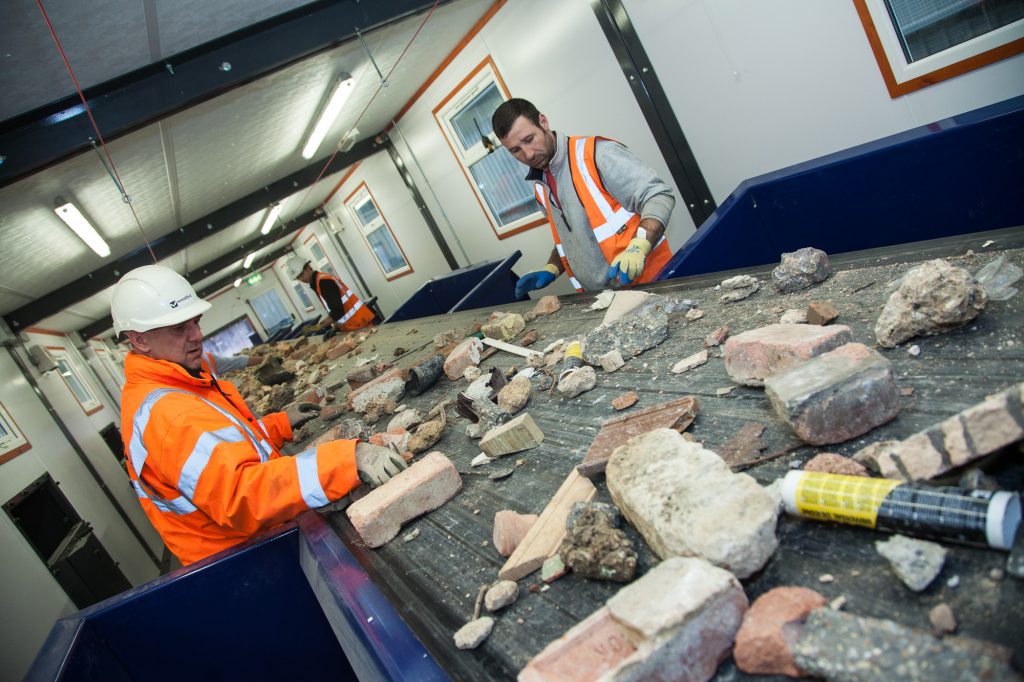
What is aggregate?
The term ‘aggregate’ in the construction and building trade covers a whole variety of materials, but what you need to know is that it’s a grained material – usually gravel, sand, stone or concrete – and is available in different particle sizes (sometimes referred to as grades).
You can get coarse, fine aggregates all the way up to large, whole stone aggregates. Often, the aggregate itself will be from recycling, helping to put unwanted material, such as crushed concrete from demolition, back into use. Some aggregates, however, have to be mined from quarries and the beds of rivers or lakes.
You can use aggregates in a number of ways and they’re almost always needed for construction in one way or another, whether it’s to create a level base to build on, to create drainage or to support infrastructure such as railways. Another use is to mix it with cement to achieve different results; the type of aggregate you use will dictate the strength and finish of the concrete.
Types of aggregate
We’ve mentioned that there are several common aggregate types you can find, so let’s look at each of them in a little more detail. Each type of material will have different grades available, so be sure to find the right grade to match the requirements of your project.
Gravel aggregate
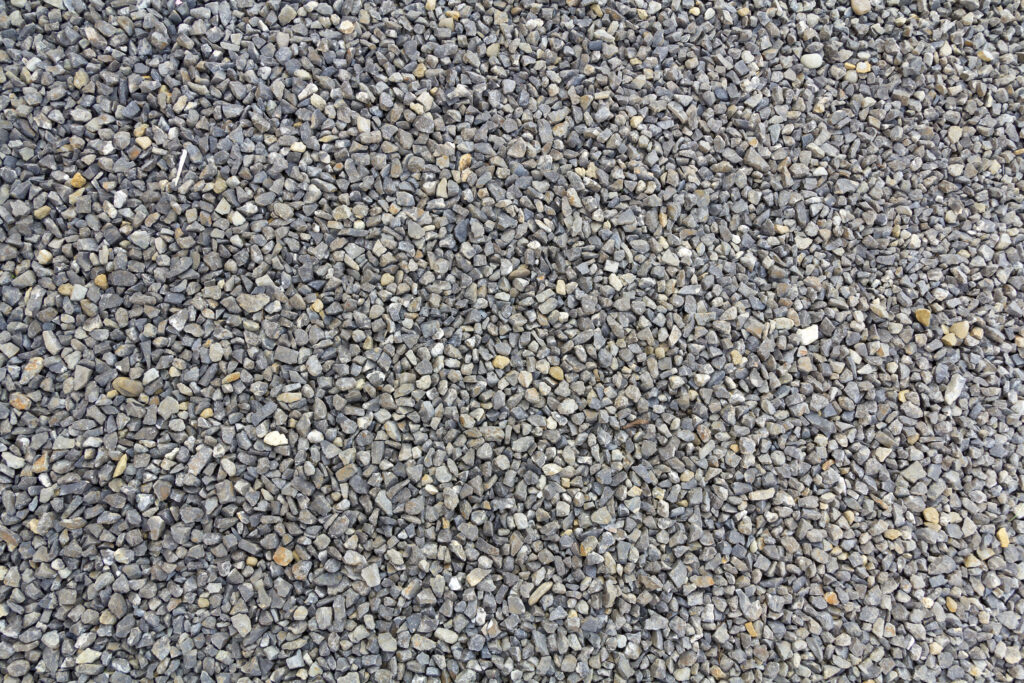
Where it is sourced from: Gravel is found naturally by riverbeds and streams where bigger rocks have eventually broken each other down or it can be made by purposely breaking down larger rocks.
What it looks like: It can come in a variety of shades depending on the rock, usually in greys or browns but gold and white gravel can be used for decorative purposes.
Common sizing: A medium-to-large aggregate type. Commonly found in 1cm to 5cm pieces.
Uses: Ideal for drainage and decoration but commonly used in road and driveway construction due to its ability to withstand heavy loads.
Sand aggregate
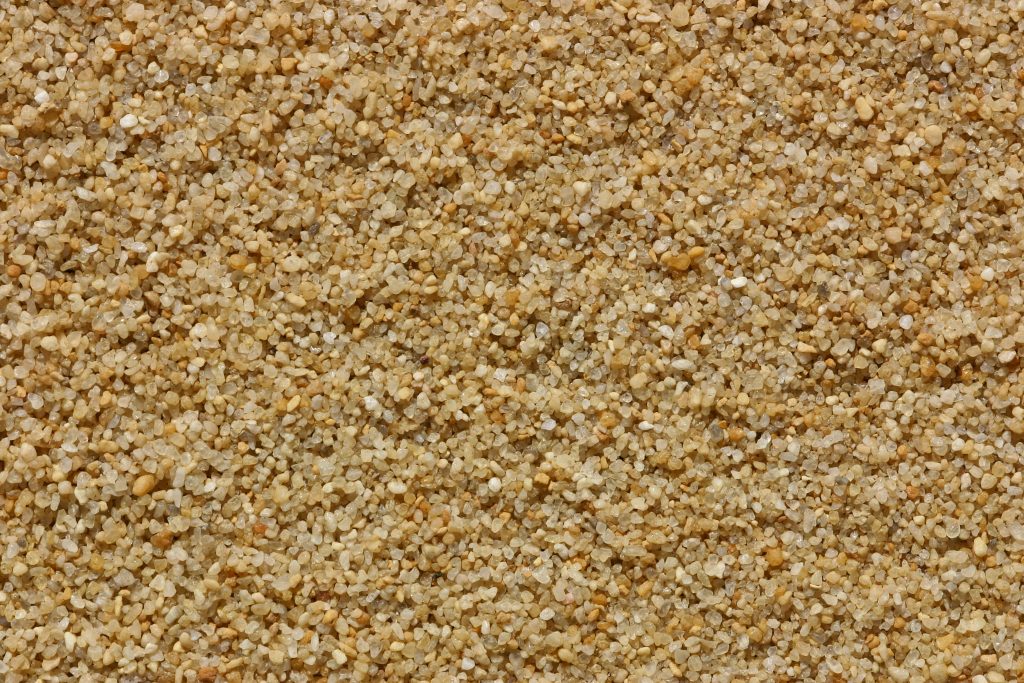
Where it is sourced from: Sand is a naturally occurring aggregate found in sea and river beds around the world; it varies in the mixture of finely ground sedimentary rock and quartz material.
What it looks like: Usually light in colour, varying from pale white to bright yellow and gold.
Common sizing: Sand aggregate is categorised by ordinary sand, coarse sand, sharp sand or fine sand (play sand or building sand are two other common names).
Uses: Sand works well when combined in a cement mixture for construction but can be used for play areas too.
Concrete aggregate
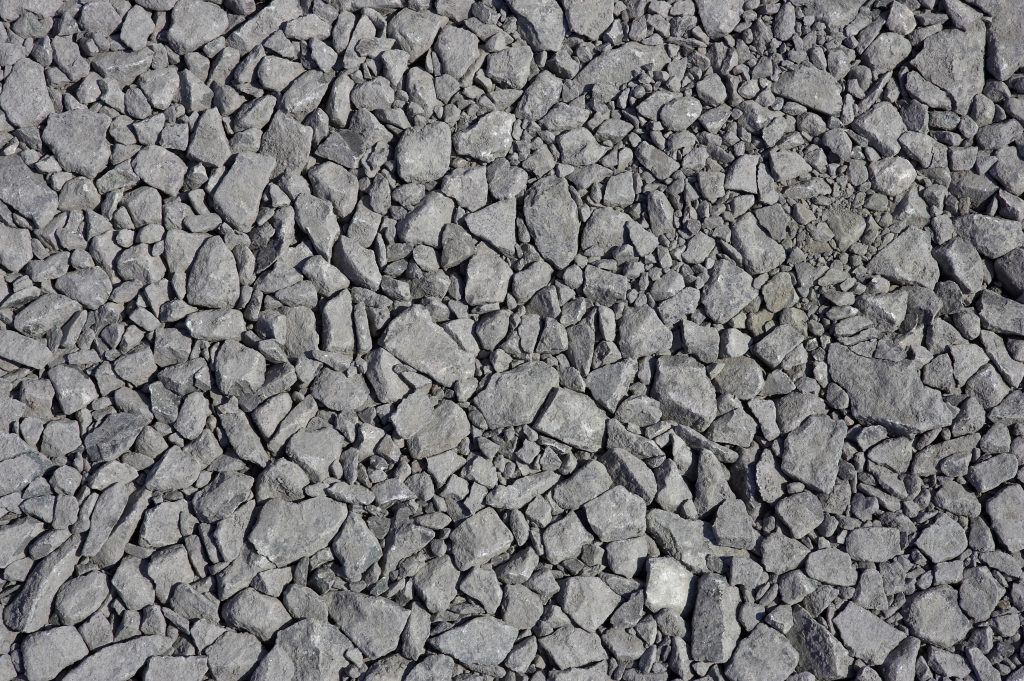
Where it is sourced from: Predominantly sourced from recycled concrete, collected from demolition sites and crushed.
What it looks like: Varied shades of grey.
Common sizing: Comes in a full range of sizes, from dust form to large, oversized concrete pieces.
Uses: Can be used to backfill large areas or for pathways as hardcore.
Topsoil aggregate
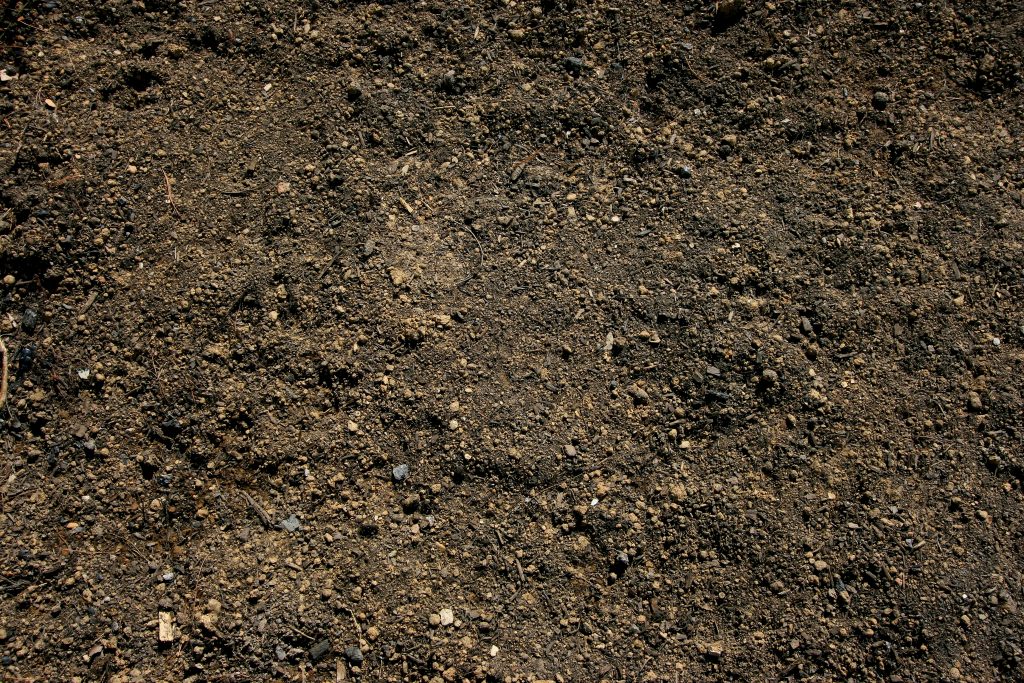
Where it is sourced from: Topsoil is often generated from natural sites, sometimes from greenfield or brownfield, but it can also be recycled from construction and landscaping. This is then screened to remove any roots and impurities.
What it looks like: Dark brown soil, but colours may vary depending on the source and the quality.
Common sizing: Topsoil is categorised by quality instead of size; you can get standard, turfing, premium or enriched topsoil depending on the categories your supplier uses.
Uses: In small quantities it can be used for plant beds and potting, or you can carry out full lawn preparation. Large quantities can be used to fill spaces in a garden or create new levels.
When you need quality aggregates in Cambridge, Peterborough, Huntingdon or the surrounding areas, look no further than Woodford Recycling. Helping you to achieve the best results for any commercial or domestic project, as aggregate suppliers we provide sand and gravel aggregates as well as topsoil, all delivered direct to you.
Call today to find out more about our different grades and to place your aggregates order — we’ll be happy to help you.

